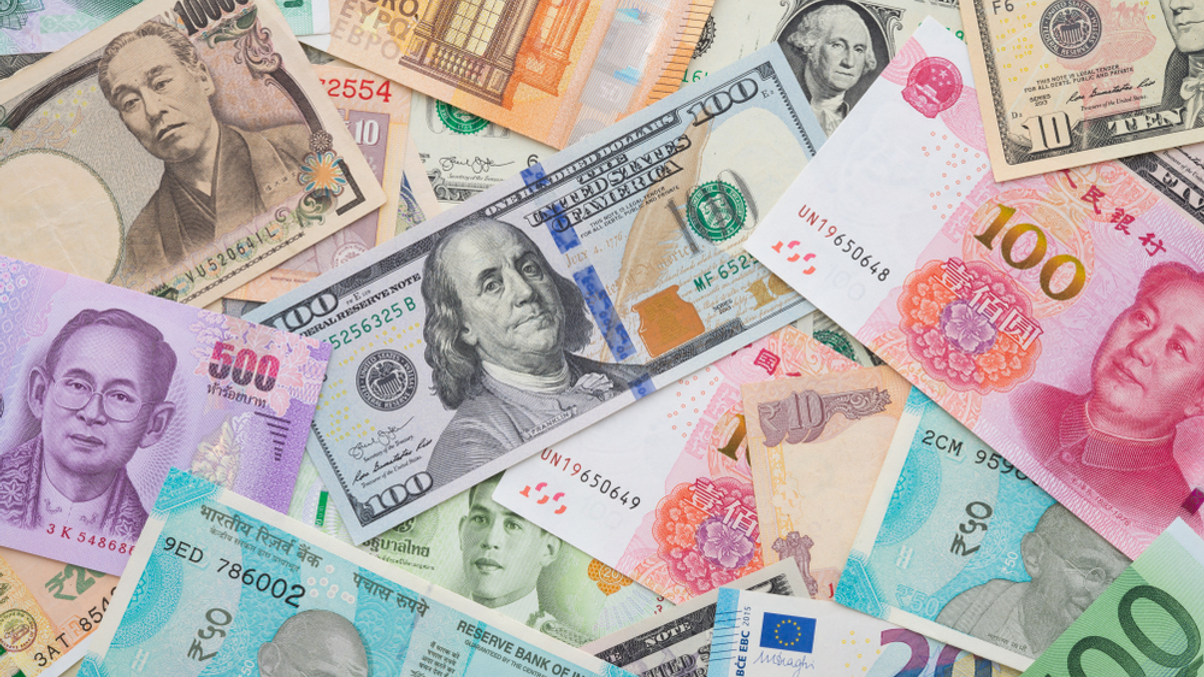Market Views: The best performing currency of 2023
Last year belonged to the US dollar, which gained strength as almost every other global asset class fell. Which currency is likely to outperform in 2023? AsianInvestor asks market specialists to name their picks.

The US dollar continued to gain strength in 2022, largely due to the hawkish policy adopted by the Federal Reserve in response to soaring inflation.
Sign In to Your Account
Access Exclusive AsianInvestor Content!
Please sign in to your subscription to unlock full access to our premium AI resources.
Free Registration & 7-Day Trial
Register now to enjoy a 7-day free trial—no registration fees required. Click the link to get started.
Note: This free trial is a one-time offer.
¬ Haymarket Media Limited. All rights reserved.


